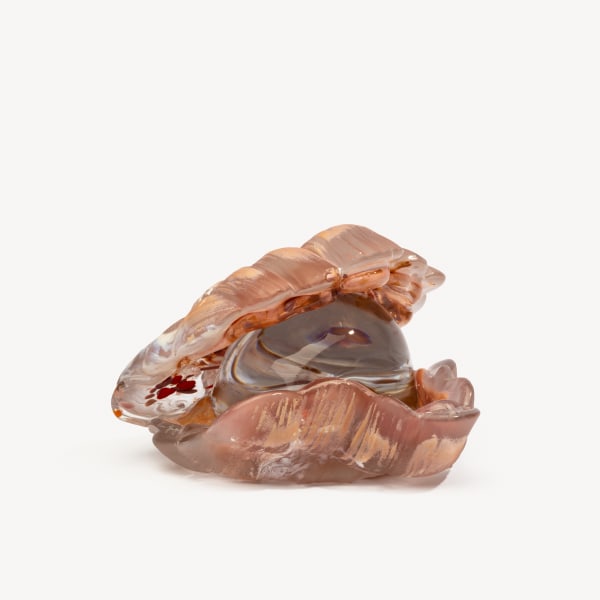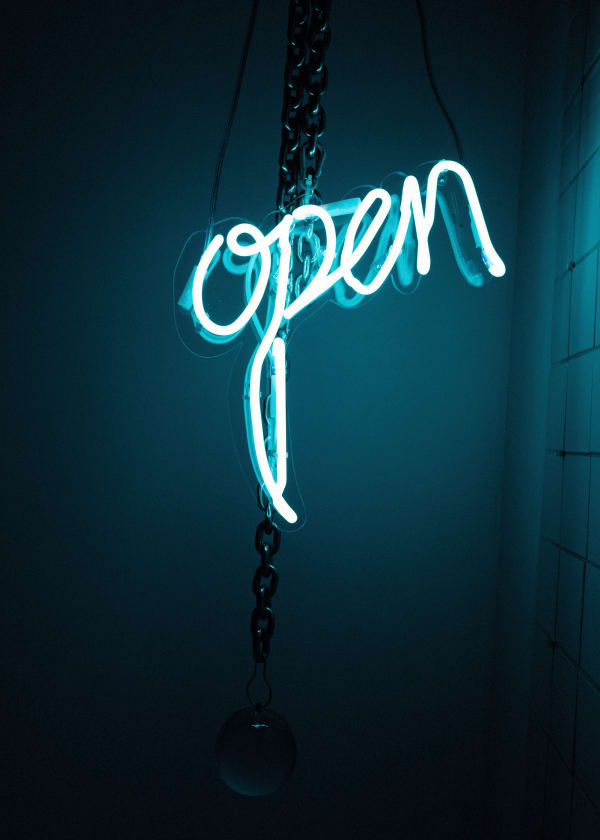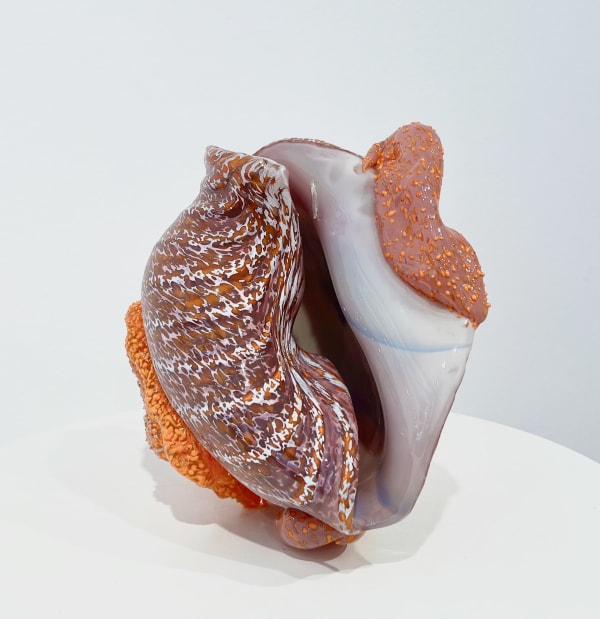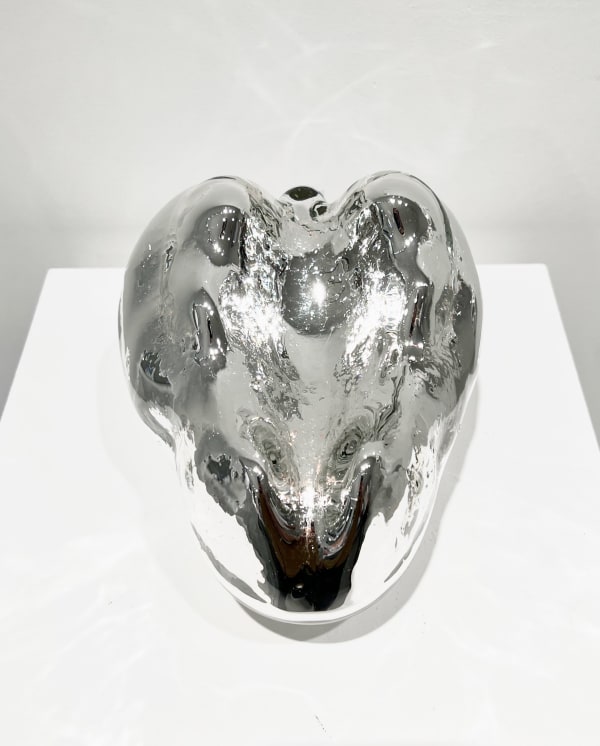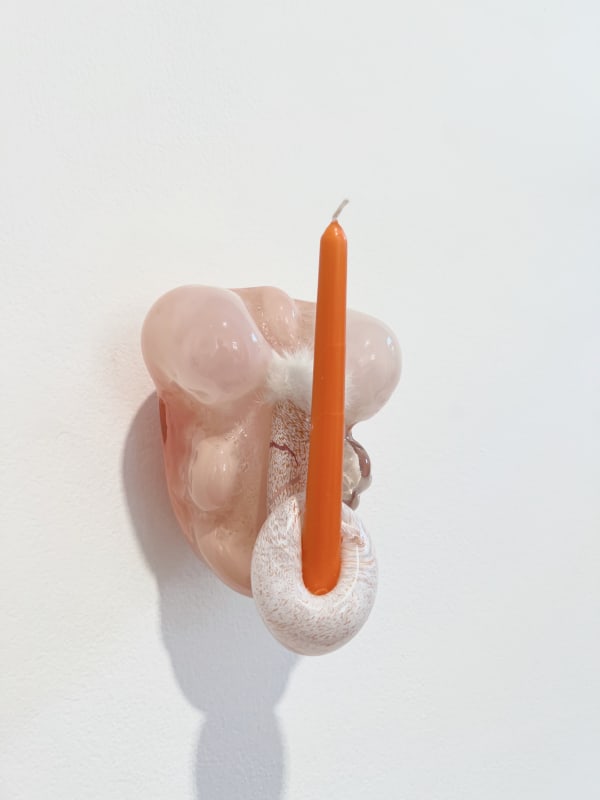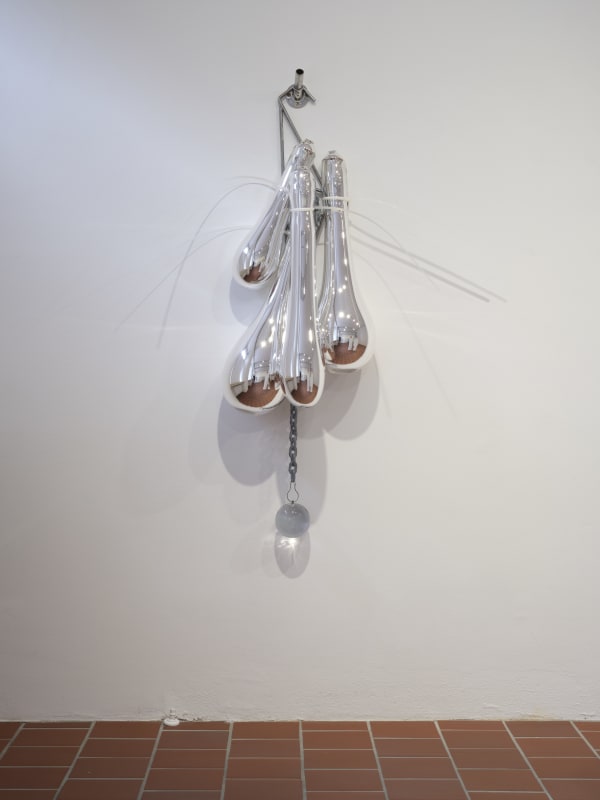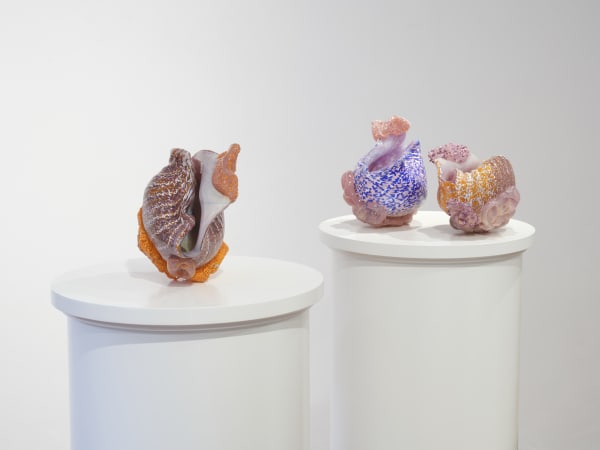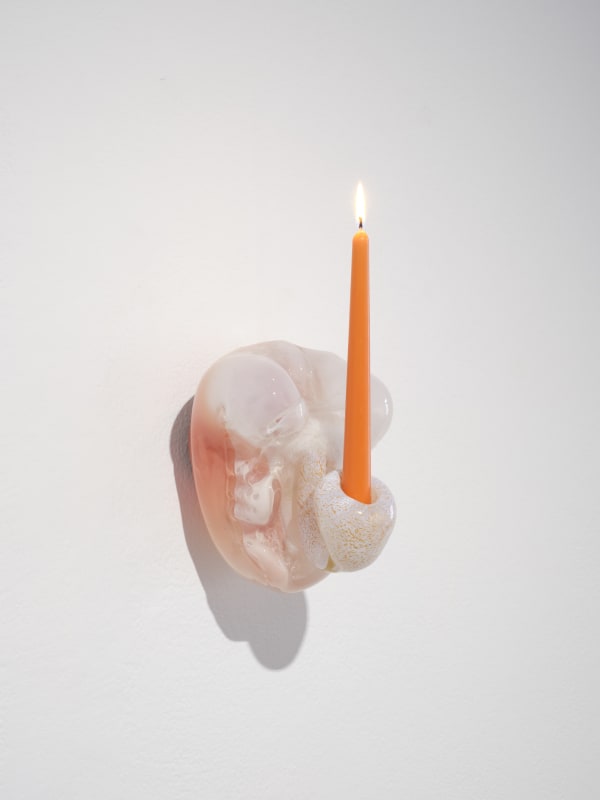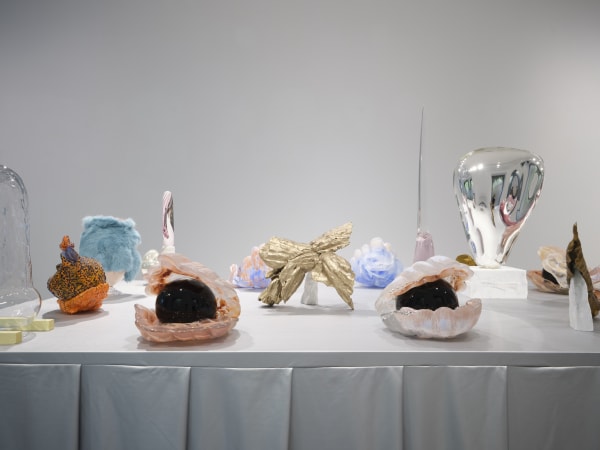Åsa Jungnelius: Thunder Rotator
We are pleased to present Åsa Jungneluis’ first exhibition in Germany. The opening takes place on Midsummer Eve, Wednesday, June 21 from 6 to 10 pm.
She too, a vessel
A text about Åsa´s practice by Masha Taavoniku
-
 Åsa Jungnelius, Mother of Pearl XXII, 2023
Åsa Jungnelius, Mother of Pearl XXII, 2023 -
 Åsa Jungnelius, Mother of Pearl XXVI, 2023
Åsa Jungnelius, Mother of Pearl XXVI, 2023 -
 Åsa Jungnelius, Mother of Pearl XXVII, 2023
Åsa Jungnelius, Mother of Pearl XXVII, 2023 -
 Åsa Jungnelius, Mother of Pearl XXXIII, 2023
Åsa Jungnelius, Mother of Pearl XXXIII, 2023
-
 Åsa Jungnelius, Mother of Pearl XLIII, 2023
Åsa Jungnelius, Mother of Pearl XLIII, 2023 -
 Åsa Jungnelius, Mother of Pearl XXII, 2023
Åsa Jungnelius, Mother of Pearl XXII, 2023 -
 Åsa Jungnelius, Mother of Pearl XXV, 2023
Åsa Jungnelius, Mother of Pearl XXV, 2023 -
 Åsa Jungnelius, Open, 2023
Åsa Jungnelius, Open, 2023
-
 Åsa Jungnelius, Gaia, 2022
Åsa Jungnelius, Gaia, 2022 -
 Åsa Jungnelius, Root Ball, 2022
Åsa Jungnelius, Root Ball, 2022 -
 Åsa Jungnelius, Cobra, 2018
Åsa Jungnelius, Cobra, 2018 -
 Åsa Jungnelius, Dagger, 2018
Åsa Jungnelius, Dagger, 2018
-
 Åsa Jungnelius, Queen Helmet
Åsa Jungnelius, Queen Helmet -
 Åsa Jungnelius, Queen Helmet, 2023
Åsa Jungnelius, Queen Helmet, 2023 -
 Åsa Jungnelius, Queen Helmet, 2023
Åsa Jungnelius, Queen Helmet, 2023 -
 Åsa Jungnelius, Queen Helmet, 2023
Åsa Jungnelius, Queen Helmet, 2023
-
 Åsa Jungnelius, Oral +1, 2022
Åsa Jungnelius, Oral +1, 2022 -
 Åsa Jungnelius, Utensil Container III, 2023
Åsa Jungnelius, Utensil Container III, 2023 -
 Åsa Jungnelius, Utensil Container II, 2023
Åsa Jungnelius, Utensil Container II, 2023 -
 Åsa Jungnelius, Utensil Container I, 2023
Åsa Jungnelius, Utensil Container I, 2023
-
 Åsa Jungnelius, Implement, 2017
Åsa Jungnelius, Implement, 2017 -
 Åsa Jungnelius, weapon, 2009
Åsa Jungnelius, weapon, 2009 -
 Åsa Jungnelius, Snippa, 2018
Åsa Jungnelius, Snippa, 2018 -
 Åsa Jungnelius, Snippa, 2018
Åsa Jungnelius, Snippa, 2018


